Understanding and Managing Dry Eye Syndrome: A Guide to Symptom Relief

Why Myopia Management is Crucial: Insights from APAC Myopia Management Symposium 2024
November 20, 2024Understanding and Managing Dry Eye Syndrome: A Guide to Symptom Relief
Dry Eye Syndrome is a prevalent and often chronic condition characterized by insufficient tear production or rapid tear evaporation. While frequently dismissed as a minor irritation, its persistent nature can significantly interfere with daily activities and overall quality of life. Symptoms such as a gritty sensation, burning, itching, and intermittent blurred vision can turn essential tasks like reading, computer work, and driving into sources of considerable discomfort.
This article provides a comprehensive overview of Dry Eye Syndrome, its common causes, and its impact on daily life. Furthermore, we will outline a series of practical, evidence-based strategies for managing and alleviating its symptoms effectively.
The Pathophysiology of Dry Eye
A stable tear film is essential for maintaining the health of the ocular surface and for clear vision. Dry Eye Syndrome arises when this delicate balance is disrupted. The primary causes can be broadly categorized as:
- Inadequate Tear Production: The lacrimal glands may not produce a sufficient volume of tears to keep the eyes adequately moisturized. This is often associated with aging, certain medical conditions (e.g., Sjögren’s syndrome, rheumatoid arthritis), and the side effects of various medications.
- Accelerated Tear Evaporation: The tears may evaporate too quickly due to a deficiency in the oily layer of the tear film. This can be exacerbated by environmental factors such as dry climates, wind, and air conditioning, as well as prolonged screen time, which is associated with a reduced blink rate.
Other contributing factors include long-term contact lens wear and various systemic diseases.
The Impact of Dry Eye on Daily Activities
The chronic discomfort associated with Dry Eye Syndrome can have far-reaching consequences beyond the physical symptoms. The condition can lead to:
- Reduced Occupational Productivity: Sustained visual focus, particularly on digital screens, can become difficult and painful, leading to decreased efficiency and increased eye strain.
- Impaired Leisure Activities: Hobbies that require clear vision, such as reading or watching films, can be compromised by persistent irritation.
- Driving Difficulties: Increased sensitivity to light (photophobia) and glare can make driving, especially at night, challenging and potentially hazardous.
- Decreased Well-being: The chronicity of the condition can contribute to feelings of frustration, fatigue, and a general decline in well-being.
Strategies for Symptom Management and Relief
Fortunately, a variety of effective strategies can help manage the symptoms of Dry Eye Syndrome. The following tips are designed to be easily integrated into your daily routine.
1. Implement the 20-20-20 Rule: For individuals who work with digital screens, this ergonomic practice is highly recommended. Every 20 minutes, shift your gaze to an object at least 20 feet away for a full 20 seconds. This practice helps to reduce digital eye strain and promotes more regular blinking.
2. Practice Conscious Blinking: Blinking is the natural mechanism for spreading the tear film across the ocular surface. Make a conscious effort to perform full, deliberate blinks, especially during tasks that require prolonged visual concentration.
3. Optimize Your Environment: * Use a Humidifier: Increasing the ambient humidity in your home or office can help slow the rate of tear evaporation. * Adjust Screen Position: Position computer monitors just below eye level. This posture reduces the exposed surface area of the eye, thereby minimizing tear evaporation. * Minimize Direct Air Exposure: Avoid positioning yourself in the direct path of fans, heaters, or air conditioning vents.
4. Employ Therapeutic Measures: * Warm Compresses: Applying a warm, moist cloth to closed eyelids for several minutes can help stimulate the meibomian glands, which are responsible for producing the oily layer of the tear film. * Maintain Eyelid Hygiene: Gently cleaning the base of the eyelashes with a dedicated eyelid cleanser can remove debris and improve meibomian gland function, leading to a more stable tear film.
5. Nutritional Considerations: * Omega-3 Fatty Acids: Research suggests that diets rich in omega-3 fatty acids may improve dry eye symptoms. Key sources include fatty fish (salmon, tuna), walnuts, and flaxseeds.
6. Utilize Protective Eyewear: When outdoors, wearing wraparound sunglasses can effectively shield the eyes from wind, sun, and other environmental irritants.
7. Consider Ocular Lubricants: Over-the-counter artificial tears can provide effective, temporary symptom relief. For frequent use, preservative-free formulations are generally recommended to avoid potential irritation. Consultation with an eye care professional or pharmacist is advised to select the most appropriate product for your needs.
Professional Consultation
While these self-care strategies can provide significant relief, it is essential to consult with an optometrist or ophthalmologist for a formal diagnosis and comprehensive management plan, especially if symptoms are severe or persistent. A professional evaluation can rule out underlying medical conditions and provide access to more advanced treatment modalities.
By taking a proactive approach to managing Dry Eye Syndrome, you can protect your ocular health and substantially improve your comfort and quality of life.
Should you have any queries about your eyes, we are here to answer them!
Just make an appointment with us and our optometrist will help you out.

